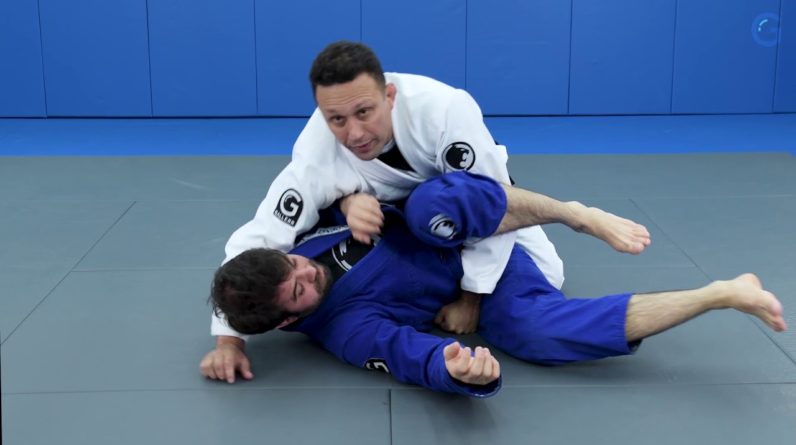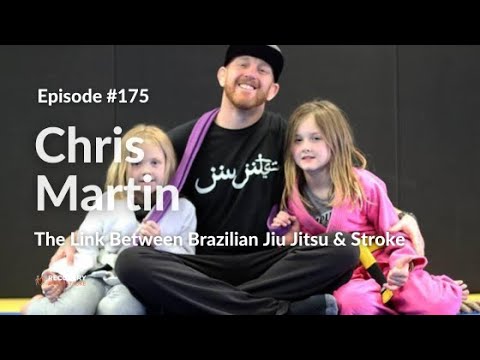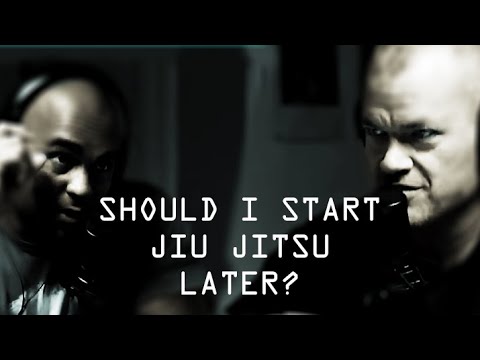Japanese Jiu-Jitsu (practiced as judo) was introduced to the Gracie family in Brazil around the year 1914 by Mitsuio Maeda who was also known as Count Koma, he was a jiu jitsu champion and a direct student of Jigoro Kano, at the Kodokan in Japan. He was born in 1878 and in 1897 he began to study judo which at that time was known by the name of Cano Jiujitsu in 1914 Count Coma had the opportunity to travel to Brazil as part of a large Japanese immigrant colony in Brazil he became friends by Gastón Gracie and an influential merchant who helped Mitsuio Maeda settle in the country to show his gratitude the count offered to teach Gastón Carlos Gracie's eldest son traditional Japanese jujitsu and Carlos studied for two years and finally passed his knowledge on to his brothers one of Carlos's brothers was Helio Gracie and who had been born on October 1, 1903, I soon realized that due to his weak and small physique the greatest part e of the techniques he had learned from observing Carlos's classes, he found them particularly difficult to apply, eager to make the techniques useful to him, he began to modify them to fit his small body, emphasizing the use of leverage principles in the sense of opportunity and giving priority to these with respect to strength and speed, the self modified virtually all the techniques and in that way was erring and trying and created the gracie and jiu jitsu known also as Brazilian jiujitsu to demonstrate the effectiveness of his new system that the self openly challenged all the renowned martial artists of Brazil of that moment stepped on a ring of vale todo for the first time at the age of 18 against the boxer Antonio Portugal whom he defeated with an arm lock in a few seconds thus starting a long and legendary fighting career seeking to prove the effectiveness of his art the self even went so far as to challenge Joe Louis mythical world champion heavyweight dial who was boxing champion for 11 years and eight months in the 1940s Louis the Detroit bomber did not accept the challenge and then he fought throughout Brazil in countless tournaments, contests and fights without rules, achieving important victories that made his martial art was recognized as highly effective within this marathon of challenges launched appears the image of a Japanese a judoka and professional wrestler whose name was Masahiko Kimura born in Japan on September 10, 1917 Masahiko Kimura fighting professionally at the age of 20 years old he was champion of the Japanese judo open he maintained his title for 13 years suffering only one defeat in that period he was also kosen champion in judo in 1936 he obtained the degree of seventh dan at the young age of 29 years and is considered to this day of today inside the hall of fame as one of the best judocas that have ever existed being in Brazil in July 1951 Masahiko Kimura and two of his schoolmates placed two Yamaguchi in the sixth dan black belt and yokio kato who was fifth dan black belt received a challenge launched by helio gracie and who at that time was already recognized as one of the key figures of brazilian jiu jitsu gracie and I challenge you to a fight following the rules of the gracie challenge and that is, a grappling contest without time limits and with loss of consciousness or surrender as the only conditions for victory, the absence of osaekomi or ippon, so these rules put the fight against Of the three judocas but they nevertheless accepted the challenge anyway, kato was the first to fight against it, they faced each other twice in the first without a decision and in the second match the Japanese fell defeated after almost an hour of a fight legendary which we will talk about in some other video because of this defeat the fame of the trio of judocas began to decline and the Japanese population of Bra sil spoke harshly against them while the Brazilians celebrated and the apprentices of the gracies walked a coffin through the city symbolizing the fall of kato for his part proposed to continue with the challenge and that the next to fight was Yamaguchi who took a time to plan a fight strategy but his fight with gracie and it would never happen since then kimura already requested to compete in his place the yo gracie and of course agreed to fight directly against kimura the fight between gracie and kimura would take place in the stadium Maracana in front of an audience of 20,000 people including the president of Brazil Getulio Vargas the fact of holding this event in a stadium as mythical and legendary as the maracana is for Brazilians is proof of how transcendental this event was for them a maracana stadium from Rio de Janeiro in which a year before the final of the 1950 World Cup will be held where Brazil will face some 200,000 spectators are defeated in the final against Uruguay after losing a goal against 0, they manage to overcome the result until they win two goals against one, a defeat known as the maracanazo, a sad Brazilian story that culminated in the suicide of dozens of Brazilians who did not They knew how to face such a monumental defeat in something as insignificant as a simple football match, the pressure and importance of the meeting then between the self, Gracie and the magical kimura, was such that sources indicated that the Japanese embassy assured Kimura that if he lost this fight, he would not be welcome.
Back in his country, the opportunity represented for Gracie and to demonstrate the nature of Brazilian jiu jitsu where a smaller person could dominate someone bigger, it is said that the self was gracie and was 36 kilos lighter than his opponent, although for his part Kimura pointed out in her autobiography that they were only 8 kilos the difference we will never know, perhaps in reality c How much difference would there be between the weight of one and the other when Kimura arrived at the arena he ran into a coffin which the Brazilians pointed to him showing how hostile the Brazilian public could be and the patriotic honor that was being played in that stadium Maracaná finally the long-awaited confrontation began and mura managed to bring down the Brazilian on many occasions but without being able to provide him with any severe damage and without the possibility of definitively submitting him after a close fight that barely lasted 13 minutes but that undoubtedly was 13 most epic and legendary minutes in the history of Brazilian jiu jitsu kimura managed to take one of elio's limbs and execute a ude-garami and the Brazilian for honor decided not to wall so his arm bent in such a way that it finally broke causing the throwing of the towel by part of his corner and thus giving the victory to the Japanese the result of this battle was the elevation of kimura to hero n A national of Japan and one of the most important modern martial artists, the keys that he used to defeat the one of gara was baptized by the name of simula lock or simply kimura by the Brazilian jiu jitsu practitioners in honor of the man who would have defeated Its greatest exponent Kimura won the fight but was so impressed with the helium techniques that he asked him to teach Japan, arguing that the techniques that the self exhibited during the confrontation did not exist in his traditionalist Japan.

It was the recognition of the best in the world to the Helium's dedication and its contribution to the refinement of this art, the relationships between the self, Gracie and Masahiko Kimura, were among the best before during and after the fight, thus leaving the name of judo and Brazilian jiu jitsu very high, resulting as the main winner of this event the martial arts.







